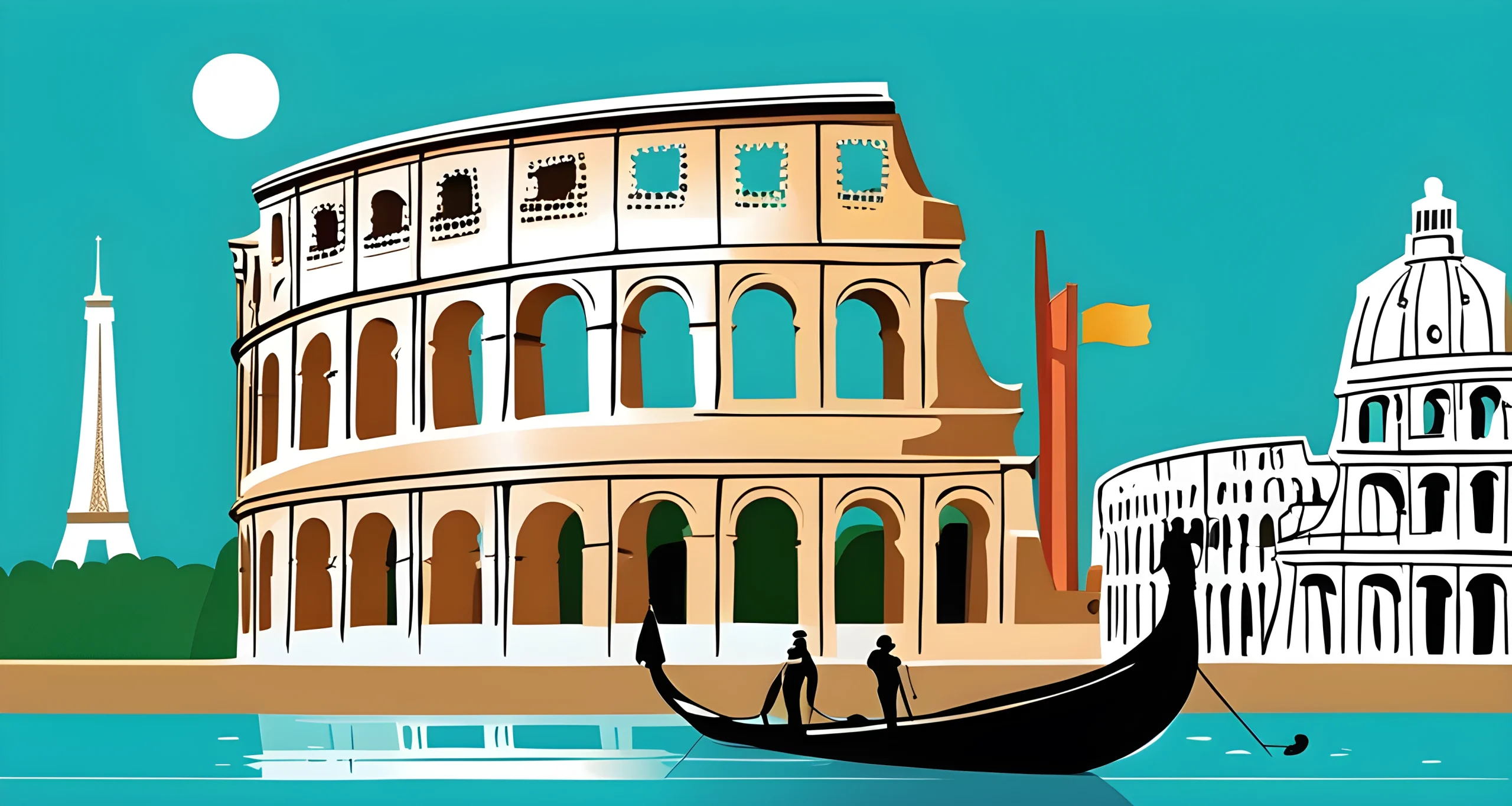Introduction
Europe offers a diverse array of affordable travel destinations, catering to various tastes and budgets. For those seeking a mix of culture and beach, Hungary is a great option, with its vibrant capital Budapest, beautiful Lake Balaton, and numerous palaces and castles. Romania, another affordable choice, boasts stunning landscapes, historic cities like Bucharest, and fantastic beaches along the Black Sea. Poland is also a great value, with its beautiful cities like Krakow, medieval castles, and lakes, all at a lower cost compared to other European countries. For those looking for a more off-the-beaten-path experience, Eastern European countries like Bulgaria, Croatia, and Slovenia offer a mix of history, culture, and natural beauty at a fraction of the cost of more popular destinations. Additionally, cities like Athens, Thessaloniki, Sofia, and Varna in the Balkan region provide a rich cultural experience at affordable prices. These destinations can be easily reached by budget airlines, buses, and trains, making them accessible to travelers on a budget.
In this article, we will explore the top affordable European travel destinations in detail and provide valuable tips for planning an enjoyable budget trip. Whether you are a solo traveler or traveling with friends or family, there are plenty of options to suit your preferences without breaking the bank. From the charming streets of Budapest to the breathtaking landscapes of Romania and the historical sites of Poland, Europe has something for everyone.
Stay tuned as we delve into the factors to consider when planning a budget trip in Europe and how to create a detailed travel budget spreadsheet to ensure that you make the most of your travel funds. We will also discuss refining your budget by categories and subcategories to allocate funds wisely during your trip. Additionally, we will explore the concept of budgeting by item or by category to help you make informed decisions about your travel expenses.
So sit back and get ready to embark on an affordable European adventure filled with culture, history, and natural beauty. Let’s make your dream trip a reality without breaking the bank!
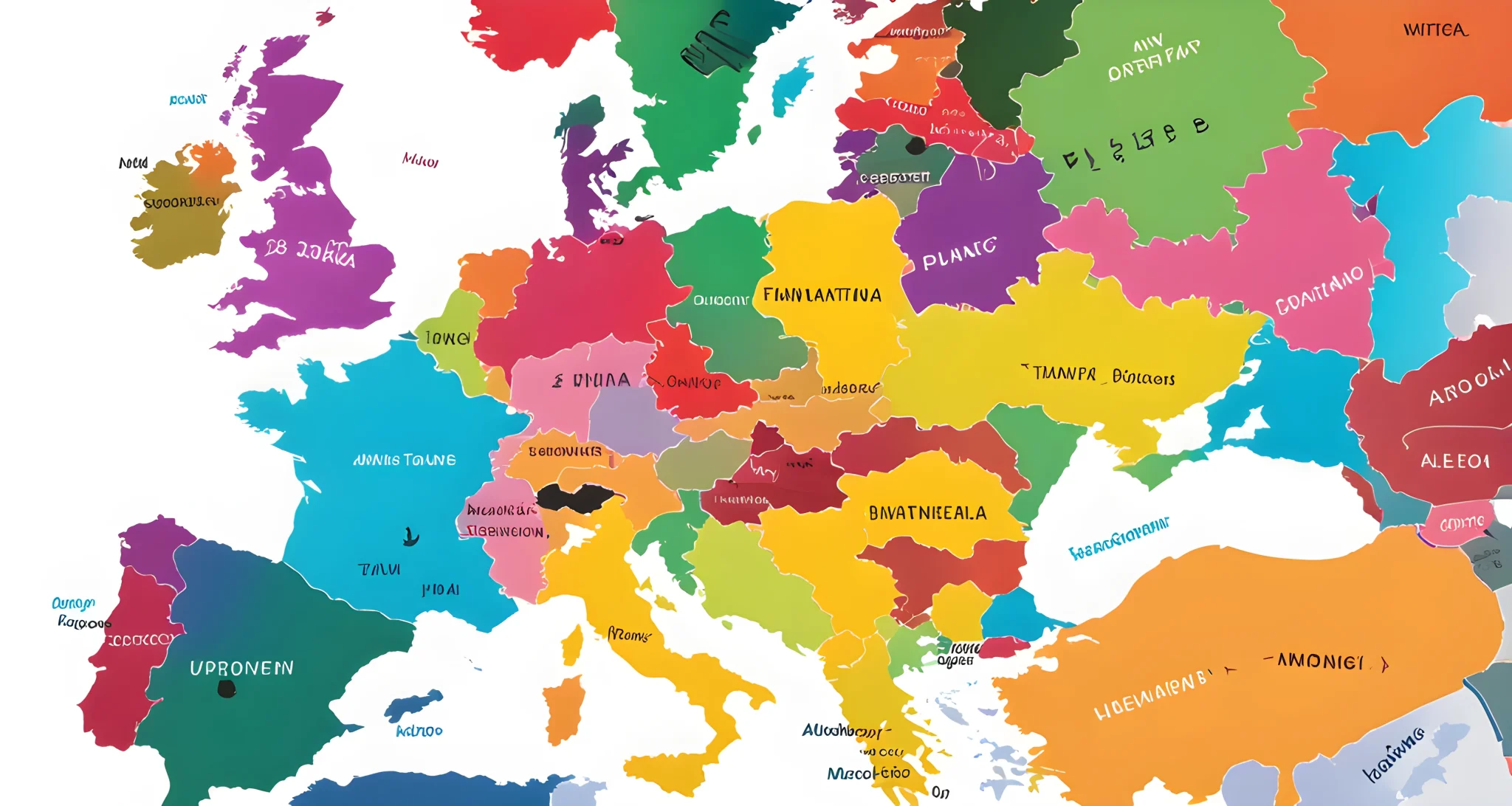
Factors to Consider When Planning a Budget Trip
When planning a budget trip to Europe, there are several important factors to consider in order to make the most of your travel funds. Here are some key considerations to keep in mind:
Cost of Accommodations
- Research the average prices for accommodations in each destination you plan to visit.
- Consider staying in hostels, budget hotels, or vacation rentals to save on lodging costs.
Transportation Expenses
- Look into the cost of transportation between cities and countries.
- Consider using budget airlines, trains, or buses for intercity travel Key Budget Travel Guidelines.
- Explore options for affordable local transportation within each destination.
Food and Dining
- Budget for daily meals and snacks based on the average cost of food in each destination.
- Consider cooking some meals in your accommodations or opting for street food and local markets to save on dining expenses.
Activity and Entertainment Costs
- Research the cost of attractions, tours, and entertainment options at each destination.
- Look for free or low-cost activities such as walking tours, museums with free admission days, and outdoor experiences.
Souvenir Expenses
- Factor in the cost of souvenirs and gifts into your travel budget.
- Be mindful of your spending on souvenirs and consider purchasing meaningful and affordable items.
Additional Costs
- Research any additional expenses such as visa fees, entrance fees to attractions, or travel insurance.
- Factor in currency exchange rates when budgeting for international travel expenses.
By carefully considering these factors and creating a detailed travel budget spreadsheet, travelers can better plan and manage their expenses during their trip. It’s important to refine your budget by categories and subcategories to ensure that you have accounted for all potential costs. Whether you choose to budget by item or by category, having a clear plan will help you stay on track financially during your travels. Remember that choosing destinations with a favorable currency conversion can also impact the overall cost of the trip.
In conclusion, thorough research and planning are essential when embarking on a budget trip to Europe. By taking the time to consider these important factors and creating a detailed travel budget, you can make the most of your travel funds and enjoy an affordable European adventure.
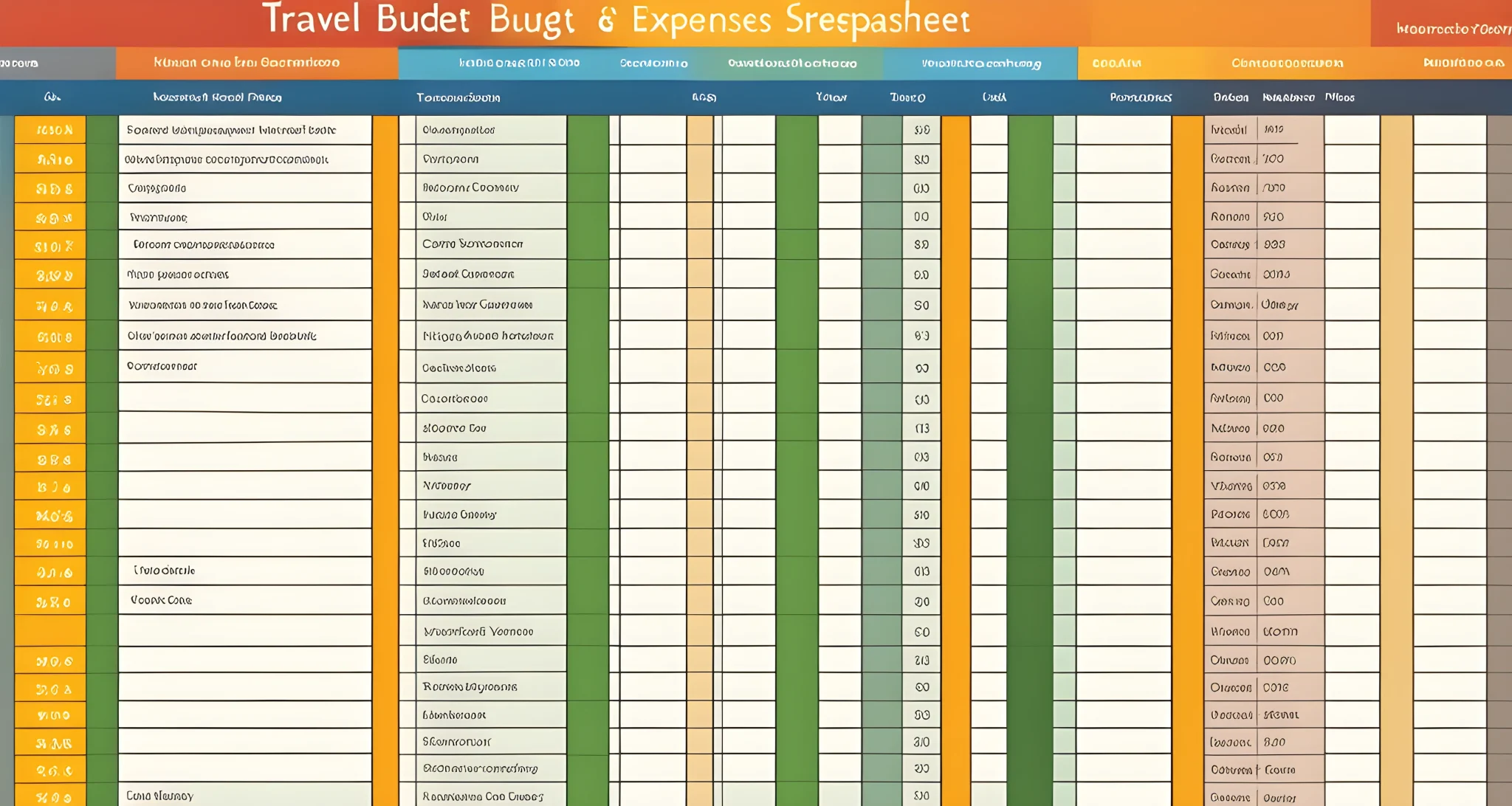
Creating a Detailed Travel Budget Spreadsheet
When planning a budget trip to Europe, it’s essential to create a detailed travel budget spreadsheet to effectively manage your expenses. This tool will help you keep track of all anticipated costs and identify areas where you can save money.
Benefits of a Travel Budget Spreadsheet
A detailed travel budget spreadsheet offers several benefits, including:
- Clear Overview: By outlining all anticipated expenses, including flights, accommodations, transportation, meals, and activities, you can establish a clear overview of your trip’s costs.
- Realistic Budgeting: It helps in setting a realistic budget by identifying potential expenses and allocating funds accordingly.
- Cost-saving Measures: It allows you to identify areas where cost-saving measures can be implemented, such as finding economical travel dates for flights using Economical travel dates.
- Monitoring Expenses: During the trip, the spreadsheet allows for better monitoring and tracking of expenses, ensuring that you stay within your budget constraints.
Key Components of the Spreadsheet
When creating a travel budget spreadsheet, consider including the following key components:
- Flights: Include the cost of round-trip or one-way flights to and from Europe.
- Accommodations: List the expenses for hotels, hostels, or vacation rentals for each night of your stay.
- Transportation: Factor in the cost of local transportation such as train tickets, bus passes, or car rentals.
- Meals: Estimate the daily cost of meals and snacks during your trip.
- Activities: Budget for sightseeing tours, museum admissions, and other activities you plan to enjoy.
Tips for Effective Budgeting
To make the most of your travel budget spreadsheet, consider the following tips:
- Research Costs: Research the average cost of living in your chosen European destinations to accurately estimate daily expenses.
- Allocate Funds Wisely: Prioritize your expenses by allocating more funds to essentials like accommodations and transportation.
- Emergency Fund: Set aside a portion of your budget as an emergency fund for unexpected expenses.
- Track Expenses: Throughout your trip, update the spreadsheet with actual expenses to ensure you stay within your budget.
Creating a detailed travel budget spreadsheet is an essential step in planning an affordable trip to Europe. By carefully considering all anticipated costs and implementing cost-saving measures where possible, you can enjoy a memorable vacation without breaking the bank.
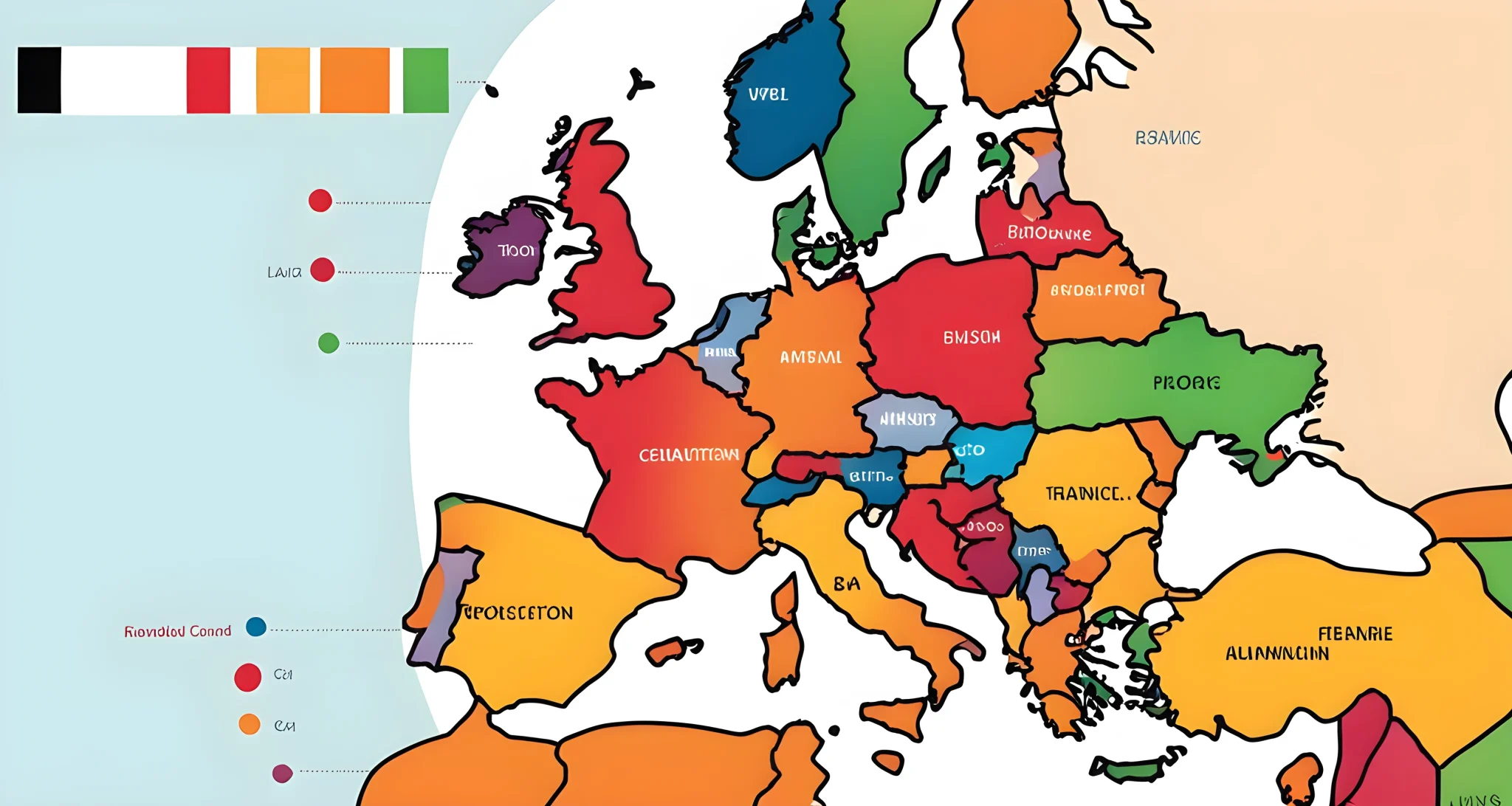
Refining Your Budget by Categories and Subcategories
When it comes to refining a travel budget, breaking down expenses into specific categories and subcategories can be incredibly beneficial. This level of detail allows travelers to gain a clearer understanding of their spending habits and identify areas for potential cost savings.
Categorizing Expenses
- Accommodations: Divide this category into hotels, hostels, or vacation rentals to understand where most of your lodging budget is going.
- Transportation: Break down this category into flights, train tickets, and local public transport to see where you can potentially cut costs.
By categorizing expenses in this way, travelers can prioritize their spending on certain aspects of their trip while cutting back on others.
Gaining Clarity
By breaking down expenses into smaller categories, travelers can get a better grasp of their spending habits. This level of detail allows them to identify potential areas for cost savings and make strategic decisions about where to allocate their budget.
Importance of Subcategories
- Hotels vs Hostels: Understanding the difference in costs between hotels and hostels can help you decide where to prioritize your accommodation budget.
- Flights vs Train Tickets: By comparing the costs of flights and train tickets, you can determine the most cost-effective mode of transportation for your trip.
This level of detail can be particularly helpful for those looking to make the most of a limited travel budget.
Prioritizing Spending
By breaking down expenses into specific categories and subcategories, travelers can prioritize their spending based on their individual preferences. For example, some travelers may want to allocate more funds towards accommodations while being more frugal when it comes to transportation costs.
Making Informed Decisions
- By understanding which categories are consuming the most significant portion of your budget, you can make informed decisions about where to cut back or reallocate funds.
- The information gathered from refining your budget by categories and subcategories allows for a more strategic approach when it comes to managing your travel expenses.
In conclusion, categorizing and subcategorizing expenses is an essential step in refining a travel budget. It provides clarity on spending habits, identifies areas for potential cost savings, and allows travelers to prioritize their spending based on their individual preferences. By breaking down expenses into smaller categories, travelers can gain a clearer understanding of where their money is being spent and make informed decisions about how to best allocate their budget for an affordable European travel adventure.
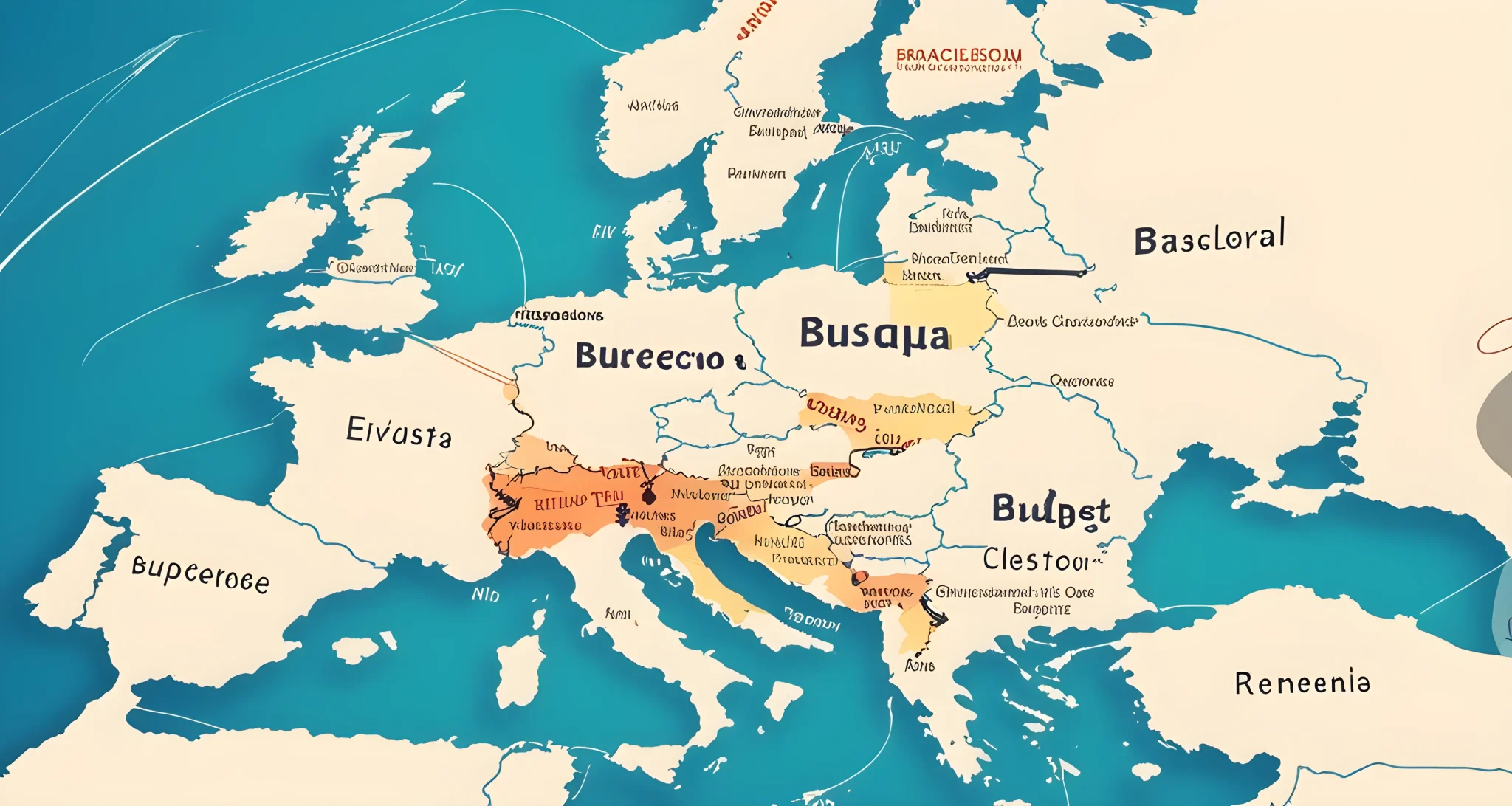
Budgeting by Item or by Category
When it comes to budgeting for your European travel adventure, there are various approaches you can take to allocate your funds. Budgeting by item or by category is a personal preference for travelers. Some may find it more beneficial to allocate a specific budget to individual items, such as meals, attractions, and souvenirs, while others may prefer to allocate a general budget for broader categories like food, entertainment, and shopping.
Advantages of Budgeting by Item
- Accuracy: Allocating a specific budget to individual items allows for a more accurate estimation of expenses.
- Control: It provides better control over spending on specific items, ensuring that you don’t overspend in certain areas.
- Prioritization: You can prioritize your spending based on what is most important to you during your trip.
Advantages of Budgeting by Category
- Flexibility: Allocating a general budget for broader categories allows for more flexibility in spending, as it doesn’t restrict you to specific amounts for each item.
- Simplicity: It simplifies the budgeting process by grouping expenses into broader categories, making it easier to track overall spending.
- Adaptability: It allows for easier adjustments as needed during the trip, as funds can be reallocated between categories based on changing priorities.
Both approaches have their advantages, and it’s important for travelers to choose a budgeting method that aligns with their spending habits and priorities. Regardless of the approach Long-term travel budgeting advice, the key is to stay mindful of overall spending and remain flexible to adjustments as needed during the trip.
Ultimately, whether you choose to budget by item or by category, the most important thing is to stick to your overall travel budget. Being mindful of your spending and making adjustments when necessary will help ensure that you stay within your means while still having an enjoyable and memorable European travel experience.

Conclusion
In conclusion, planning a budget trip to Europe can be an exciting and rewarding experience for travelers. By carefully considering factors such as destination choices, exchange rates, and travel expenses, and creating a detailed travel budget spreadsheet, travelers can better manage their finances and make the most of their trip.
Refining Your Budget by Categories and Subcategories
When refining your budget, it’s important to break down your expenses into categories such as transportation, accommodation, food, activities, and souvenirs. Additionally, you can further refine your budget by creating subcategories within each main category to ensure that you have a clear understanding of where your money is going.
Budgeting by Item or by Category
Some travelers may find it helpful to budget by individual items such as specific attractions or meals, while others prefer to lump similar expenses into broader categories. Whichever method you choose, the goal is to strike a balance between staying within budget constraints and enjoying the unique cultural and natural experiences that Europe has to offer.
By taking advantage of resources such as Inexpensive hotel accommodations and other budget-friendly tips, travelers can make the most of their trip without breaking the bank. With careful planning and consideration of various factors, it’s possible to have an amazing European adventure on a budget.
Overall, the key to successful budget travel in Europe is being proactive in your planning and remaining flexible in your approach. With the right mindset and tools at your disposal, you can create unforgettable memories without overspending. Whether you’re exploring the historic streets of Prague or savoring local cuisine in Barcelona, a well-planned budget trip can be just as fulfilling as a more luxurious vacation. Safe travels!
FAQ
What are some affordable travel destinations in europe?
Some affordable travel destinations in europe include hungary, romania, poland, bulgaria, croatia, and slovenia. these countries offer a mix of culture, history, and natural beauty at lower costs compared to other european destinations.
Which european countries offer a mix of culture and beach at affordable prices?
Hungary is a great option for those seeking a mix of culture and beach, with its vibrant capital budapest, beautiful lake balaton, and numerous palaces and castles. romania also boasts fantastic beaches along the black sea, along with stunning landscapes and historic cities.
Are there any lesser-known affordable travel destinations in europe?
Yes, eastern european countries like bulgaria, croatia, and slovenia offer a mix of history, culture, and natural beauty at a fraction of the cost of more popular destinations. cities like athens, thessaloniki, sofia, and varna in the balkan region also provide a rich cultural experience at affordable prices.
How can budget travelers easily reach these affordable european destinations?
These affordable european destinations can be easily reached by budget airlines, buses, and trains, making them accessible to travelers on a budget. the transportation options make it convenient for budget travelers to explore and enjoy these destinations.
What are some highlights of poland as an affordable travel destination?
Poland is a great value with its beautiful cities like krakow, medieval castles, and lakes. the country offers a diverse array of attractions at a lower cost compared to other european countries.
